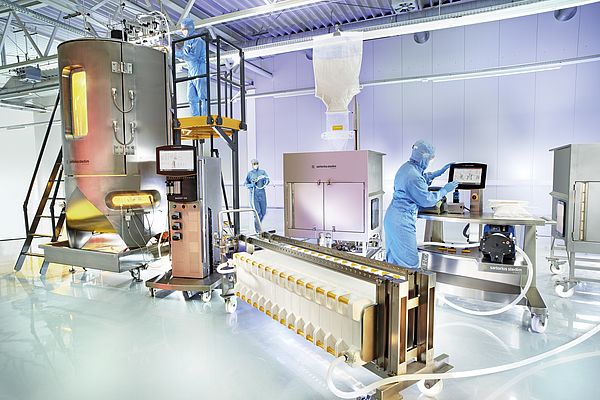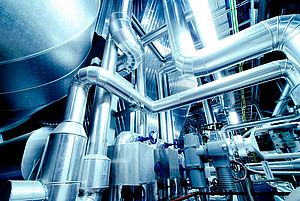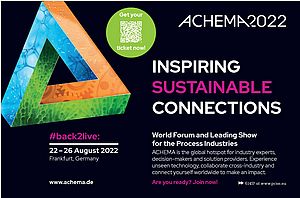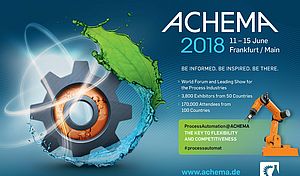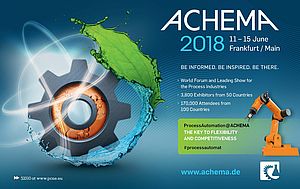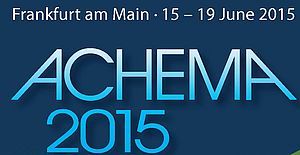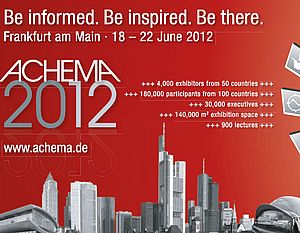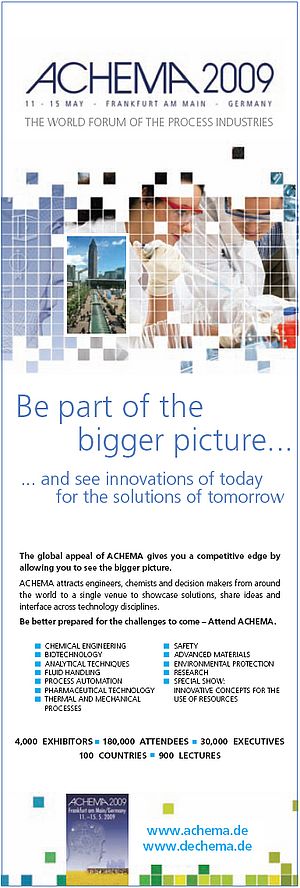Individualization does not only apply to cars, clothes or your breakfast cereals. The chemical and pharmaceutical industry is also facing an increasing demand for customized products. The resulting short development and product life cycles are a challenge to conventional plant concepts; changeover takes long, components cannot easily be replaced.
Modular plants are globally on the rise in order to meet the changing customer expectations. They allow for flexibility in terms of production capacity, product variety, raw materials and location. Broadly available standardized modules increase competitiveness, especially if they are used by many companies and are thus produced in large numbers at low cost.
Shorter time to market
The benefits from modularization can be reaped right from the planning phase. Reusing engineering information and closed data handling throughout the projects phases can lead to an accelerated engineering phase and shorter time to market because the wheel does not have to be reinvented for each new production process. To achieve this goal the utilization of a standardized modular planning workflow is essential prior to physical modularization. Once the process is designed and proven, capacities can be increased fast and without scale-up adaptation by “numbering up”, i.e. building the same production line several times and running it in parallel. Modular equipment allows for this by definition: A single piece of equipment can be defined as modular if it provides one of the following features:
- Inherent modular design, providing serial or parallel numbering-up of basic elements (e.g. channel reactor prepared for numbering-up of channel number and length) or another key feature dedicated for reusing the equipment.
- Inherent modular design, providing configurable elements to adapt to various operating conditions (e.g. modular process control systems providing variable integration of modules into the master system).
Series of equipment providing the same functionality at different operational scales (e.g. a pump series providing different volumetric flow ranges utilizing the same operational principal).
Easier maintenance, reduced changeover times
Physical modularization can take place on the apparatus, plant or logistics level on site as well as in the production network. If a physical modularization is desirable, the compatible modules are constructed as adaptable unis and are assembles to form multi-purpose plants. During the following operation, the exchangeability of single modules simplifies maintenance and service and reduces changeover times.
By changing reaction modules or downstream processing steps ideally following a “plug & play” philosophy, a variety of products becomes accessible.
Operational data obtained during production can be directly used by the plant engineer to define maintenance strategies and to optimize already planned modules for prospective projects. Following the production phase, the plant will be dismantled while information and physical components can be reused. This ensures continuous improvement and the reapplication of operational experience.
PED: The heart of modularization
To implement a systematic modularization approach from the process development to the dismantling of the plant, a process is first virtually divided into equipment groups that belong to the same part of the process. This reduces the complexity of a process and creates reusable building blocks. All planning documents required for the construction of such modules are merged in functional process units that are called Process Equipment Design modules (PED) which are saved in databases. A PED incorporates at least one main equipment item, providing the desired unit operation together with all needed peripheral components. Within each PED the main equipment items can be exchanged to adapt to different operating conditions. Each PED is stored as a database element containing all information and documents.
PEDs should be accompanied by simulation models, which allow for the configuration of modules, starting from a description of the PED functionality. The PEDs are then categorized in functional units, the process and service units. Process units are in direct contact with reactants, process or waste streams (e.g. storage and dosage, reaction, downstream, formulation, and packaging). Service units have supporting functions for one or more process units such as utility and energy supply, and do not have direct contact to the process streams. This distinction and the related database should allow for different reuse scenarios to speed up the time to market.
Single PEDs can be combined to form a Process Plant Design (PPD). The PPD conforms to the scope of performance of a modular plant and comprises all documents that are needed for a successful construction and operation. It defines the positions and connections between PEDs and virtually represents the desired process.
Making the jigsaw fit: standardization
Nonetheless, building modular plants is a completely new approach. In order to reach the goal of a completely modular designed and built plant, a lot of effort especially regarding the standardization of equipment and automation technology is still necessary.
A key prerequisite for the modular approach will be the development of standard solutions for problems occurring repeatedly and the definition of guidelines for designing new PEDs. Examples for standard applications are storage, dosing or mixing. These typically do not represent competitive knowledge and can be developed in a joint effort by multiple companies and manufactured by suppliers. This could substantially reduce plant manufacturing costs. On the other hand, PEDs will have to be designed individually or existing PEDs need to be modified, either because no suitable PED is available, or because certain boundary conditions make individual design inevitable.


